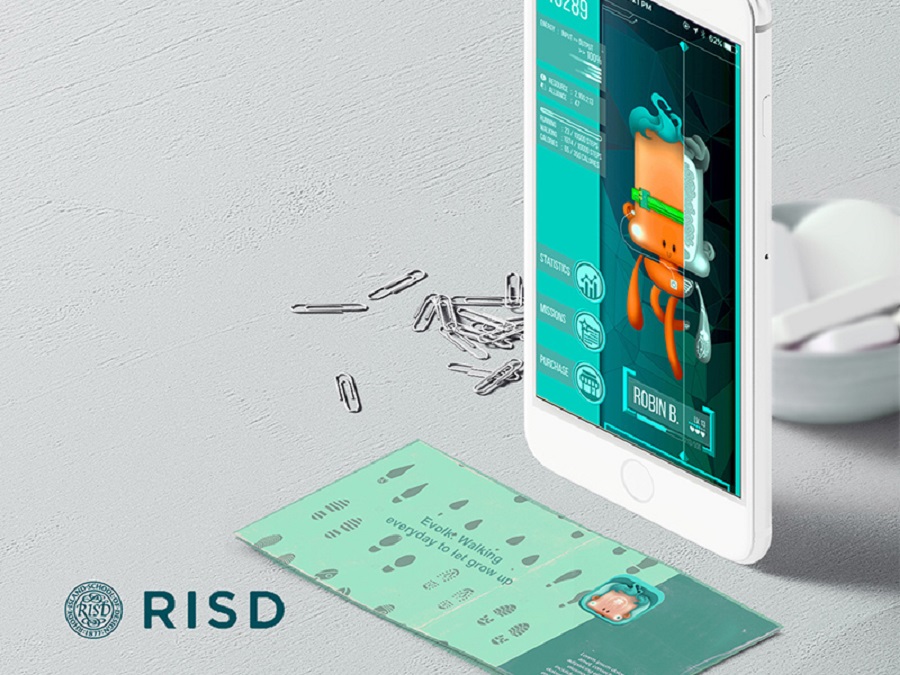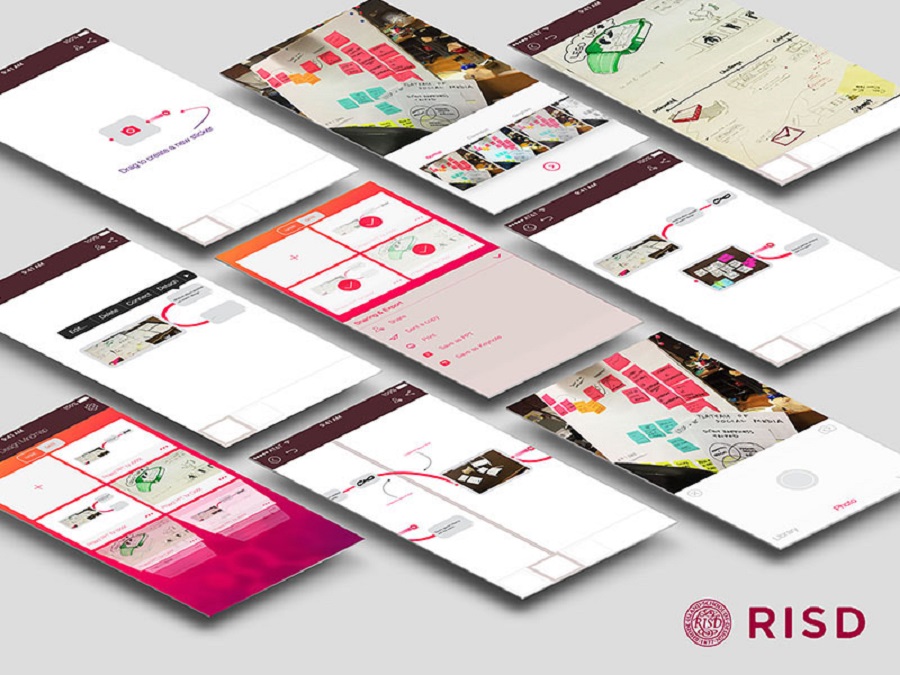
INSIGHTS OF THE INDUSTRY-LEADING UXERS AND PMS IN CHINA
Interviewer: Julie, the Planning Manager at Mockplus
Interviewee: Jin Cao, a graduate designer from RISD
Rhode Island School of Design, which is known as the "Harvard in design field", is one of the top design institutes that consists of various art and design disciplines. There is no exaggeration that RISD always lead the trends in design industry.
Jin Cao, a UI/UX, HCI designer, who just graduated from the industrial design major in RISD. His works were repeatedly exhibited on the RISD official website. Where I first knew him is on Zhihu. I was attracted by his modesty and connotation. From his answer, you can always see something unique, which will lead your further reflection.
Jin Cao was an undergraduate from Zhejiang University. After graduation, he chose RISD for further study. The design-rich studio environment and the unparalleled artistic atmosphere make RISD a paradise for countless artists and designers. However, it's not easy to apply for this college, because this college is very strict when picking up students, which makes a lot of people step back.

As for the necessary qualifications to apply for RISD successfully, Mr. Cao believes that the most important thing is portfolio. If your portfolio is of high quality and clear classification as well as coinciding with the school's characteristics and professor's educational background, then there would be more opportunities for you to successfully apply for it.
From China to the United States, Mr. Cao had also met many difficulties, which are mainly some cultural shocks and differences in the way of thinking. Fortunately, with more communications with his foreign friends, he soon got used to the life there.
Besides, as a student who both studied design in China and the United States, Mr. Cao also talked about his opinions towards the design in these two countries.
J: So, what’s the biggest difference between the designs in these two countries?
C:In China, people always prefer forms rather than functions in interaction design, while in America, they put functions first. Taking Google as an example, people has brilliant interactive experience when using Google since they concentrate on the reactions and feedback when people interacting with the interface.The design of Google also gives users direct instructions, natural motions and adjustments in appropriate time.
J: How about the prospects of UI/UX design in America?
C: Actually, interaction designers have great prospects in America. Most jobs can be replaced because people can build some robots to imitate the way of human, including interactive design. Those basic work would be replaced by some machines with existing program. However, the interaction is a cognitive behavior. Some small dynamic effects are built by frameworks, so it is relatively harder to replace it, and there is no research behaviors and high levels of emotions and logic. On the other hand, some basic motions of the machines and relatively low-end logical thinking behaviors would be more easily to be replaced, and it would also take a lot of time to iterate. Above all, I think there is still a long time for interaction design to be replaced.
J: What are the trends of UI/UX design?
C: Last year, intelligent hardware UX was popular, next would be AR and VR, which emphasize more on interactions in virtual space.
With the development of mobile devices, the demands to UI/UX designer have been increasing, too. So nowadays, people who have no design experience also desire to do UI/UX design. Except for these rookie designers, some students who graduate from college recently are still confused about how to find a proper job and how to start a new project. So, I specially ask some questions that rookie designers care about to Mr. Cao.
J: Now many students would graduate from their schools, most of them would choose to find jobs. Do you have any suggestions for those rookie designers on how to prepare their portfolios before a job interview? And what kind of content they need to stress at an interview?
C: Design process, design thinking and your gains & shortcomings in the design process. And you should talk specifically about what you have done do for your team; what’s your role in your team; how did you solve your problems; how to iterate your design in a quick design process. In addition, I think your design ideas should be demonstrated to the interviewer succinctly, but you have to emphasize your design direction and personal characteristics to show your core competitiveness to the interviewer.
J: What are necessary factors of interactive design?
C: A good interactive design can optimize the user's experience. Its essence is to avoid mistakes in the user flow. And it can complete the established user flow in time and achieve the user goals in the corresponding user scenario without forgetting their own goals and making mistakes in the whole process to realize a high fluency.

J: You said that designers’ work is rational, and it is based on the analysis of objective things and user demands, so "inspiration" mostly stays in those junior designers' mind. How to analyze user demands and improve the user experience more rationally?
C: Make the users clarify their own goals, then you should smoothly realize every detail of their goals without making mistakes. It would be better to add some emotional experience and some advanced metaphor meaning to improve user experience, and guide the users to find some deep meaning and small interactions in your design.
As Mr. Cao has said, for customers, their ideas are always emotional and subjective, but in fact, one's experience on using a product is usually different from others. A designer should be more objective to consider different user goals and requirements, then do analysis, research and usability testing to satisfy the demands of most users. If a designer puts his personal emotions and subjective preferences too much into his design, the final product would be hard to be called a good product.


INSIGHTS OF THE INDUSTRY-LEADING UXERS AND PMS IN CHINA
 Mockplus RP
Mockplus RP
A free prototyping tool to create wireframes or interactive prototypes in minutes.
 Mockplus DT
Mockplus DT
A free UI design tool to design, animate, collaborate and handoff right in the browser.
